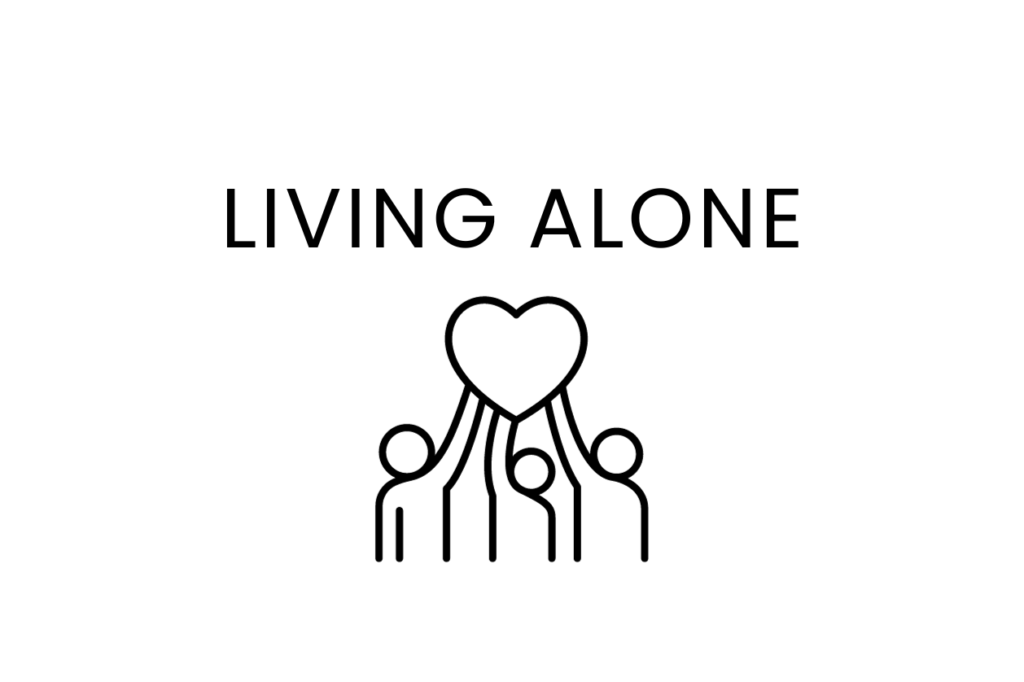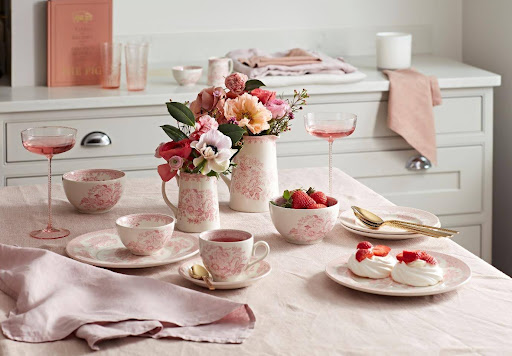Pietro de Grandi
Cyclists in modern Britain are more visible than ever. Cycling athletes like Sir Chris Hoy, Sir Bradley Wiggins and Chris Froome have spearheaded a cycling revival which has gripped the nation. Coupled with a general desire to get fit, slim and healthy, the zeitgeist surrounding cycling has propelled many of us from our cars and onto the saddle of a bicycle. Naturally, this increased interest in cycling has led to an increase in visibility – provoking a good deal of interest and discussion from pretty much all areas. Given the number of people donning helmets and lycra, you’d think that conditions for cyclists have generally improved. Is this actually the case? Well, it depends on your criteria for ‘improvement’…
Cycling Life Has Undoubtedly Improved...
Sustainable Living | 3rd Janary 2018 by Solo Living
Cyclists in modern Britain are more visible than ever. Cycling athletes like Sir Chris Hoy, Sir Bradley Wiggins and Chris Froome have spearheaded a cycling revival which has gripped the nation. Coupled with a general desire to get fit, slim and healthy, the zeitgeist surrounding cycling has propelled many of us from our cars and onto the saddle of a bicycle. Naturally, this increased interest in cycling has led to an increase in visibility – provoking a good deal of interest and discussion from pretty much all areas. Given the number of people donning helmets and lycra, you’d think that conditions for cyclists have generally improved. Is this actually the case? Well, it depends on your criteria for ‘improvement’…

The car question
In the early decades of the twentieth century, cyclists were pretty much the norm. For most people, getting around was either by train, by foot or by bicycle. Fast forward to the fifties and suddenly, the technologies of WW2, combined with aggressive marketing techniques, saw cars becoming more accessible, more practical and more desirable. But even then, cars were less common and too expensive for the majority of the populace. 80% of households didn’t own a car in 1950 and it was not until 1970 when just under 40% of households became car owners. On the road and in the space of a few short decades, cars had replaced bicycles as the premier mode of transportation. Roads were coated in tarmac and motorways sliced through the countryside in order to facilitate car ownership. Cyclists were pushed to the extreme edges – both literally and metaphorically.
All this car ownership of course, had a knock-on effect on both environmental and human health. As those effects started becoming painfully clear, a new generation of cyclists has begun to emerge – forgoing their cars in favour of bikes, for the sake of their health and the health of the planet. The increase in cyclists does not appear to be making a major dent in car ownership or pollution levels thus far, but the zeitgeist is still gathering momentum. The critical mass of cyclists is forcing bicycle-friendly changes in road planning and policy – which will in turn encourage those who are currently wary of road-riding to come forward and mount their bicycles.
Cycle lanes, bike hire and space sharing
In general, cyclists have it easier than their forbears of 20 or 30 years ago. Whereas latter-day cyclists were forced to fight for road space with drivers (who were unprepared for encountering cyclists), modern cyclists have a far better infrastructure. Cyclists can cycle to work along designated cycle lanes. Those who must share the space with car drivers theoretically benefit from an increased emphasis on bicycle-awareness education in driving tests and road safety courses. Away from the roads, disused railways, overgrown footpaths, and canal towpaths are being converted into cycle-friendly spaces, allowing cyclists far more scope to stretch their pedals than was previously the case.
Changing policy
Not without controversy
However, the increase in cycle-friendly spaces is not without controversy. Many prominent MPs have complained that roads are too narrow for cycle spaces. Pedestrians and dog walkers have also expressed concerns about the encroachment of potentially fast and dangerous bicycles onto spaces which have traditionally been theirs. Not a week goes by without an argument breaking out between an over-enthusiastic cyclist and a footpath pedestrian. ‘Space sharing’ – while theoretically more practically viable than ever before – is provoking a lot of tension.On the up
All in all, things are on the up for cyclists. We’re more visible than ever before, the bike is becoming more practical and viable as a mode of transport, and companies – sensing a fertile market – are putting a lot of money into developing new bicycle technology. There is more range and diversity in modern cycles than ever before – bikes which fold up to fit in a backpack, capable of dealing with very tough terrain, and which can even give you a boost up hills with an electric motor. None of this would have happened had growing interest in cycling not fuelled technological development. While ‘space sharing’ remains a bit of a thorny issue, people on both sides of the debate are learning to compromise. All in all, modern cyclists have far more options when it comes to cycle routes, cycling technology, and cycling forums. The voice of the cyclist is growing in strength and power – which can only be a good thing!
Interested in sustainable living?
Share this post:
Hear from Solo Living now and then by signing up to our mailing list


















